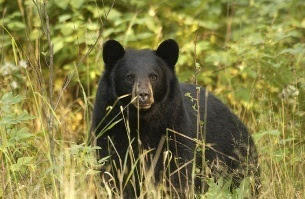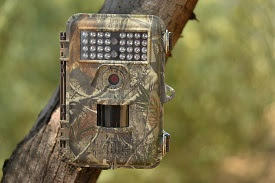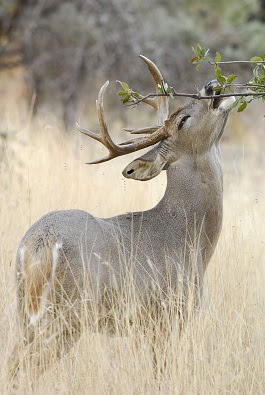By Glen Wunderlich
After months of talking with citizens and hunting and wildlife stakeholders and reviewing the best available science regarding chronic wasting disease (CWD), the Michigan Department of Natural Resources (DNR) will present CWD recommendations to the Natural Resources Commission at its next monthly meeting Thursday, June 14, in Lansing as a means to begin aggressive measures to contain or slow the pace of growth of the fatal disease.
The department’s recommendations are the result of a six-month-long public engagement effort, during which DNR staff and NRC members met with people around the state, hosted 11 public meetings, and offered online survey and comment opportunities. The recommendations are being presented for information to the commission, as part of the public input process.
In a lengthy memo from the DNR the sad facts and cause for drastic action based on the Michigan’s Surveillance and Response Plan for Chronic Wasting Disease of Free-Ranging and Privately-Owned Cervids follows in abbreviated fashion:
· Since the finding of chronic wasting disease (CWD) in a free-ranging white-tailed deer in Michigan on May 20, 2015, CWD-positive deer have been found in Clinton, Ingham, Ionia, Kent, and Montcalm counties. As of mid-January 2018, after testing approximately 30,600 free-ranging deer, 57 were positively confirmed with CWD, with 48 occurring during the 2017 deer hunting season. In addition, two Privately-Owned Cervid (POC) facilities in Mecosta County were positively confirmed with CWD in 2017.
· The DNR recommends restricting the possession and use of non-synthetic cervid urine-based lures and attractants while hunting or trapping game species. Alaska, Arizona, Arkansas, Pennsylvania (within CWD areas), Vermont, and Virginia have banned the use of urine-based lures or attractants.
· The DNR recommends instituting a baiting and feeding ban effective January 31, 2019, for the entire Lower Peninsula. A delayed implementation provides opportunity for those with economic interests to shift business models for next year. However, The Department recommends granting a baiting exception for qualified hunters with disabilities outside of the 13-County CWD Management Zone and Bovine Tuberculosis (TB) Management Zone (Alcona, Alpena, Montmorency, and Oscoda counties) during the Liberty and Independence Hunts. The DNR recommends instituting a baiting and feeding ban effective immediately for the 13-County CWD Management Zone.
· The DNR recommends providing public and private land antlerless licenses for individual DMUs located in the 13-County CWD Management Zone that will be valid for the entire season.
· To provide an early firearm opportunity to harvest antlerless deer, the DNR recommends an early antlerless season for all hunters for antlerless deer on private land in the 13-County CWD Management Zone for a total of four days starting the Thursday prior to the second Saturday in October and for three days thereafter. The season will occur October 11 through October 14 for the 2018 hunting season.
· To expand opportunity in existing seasons, the DNR recommends opening opportunities to more hunters in the muzzleloader season by allowing centerfire firearms, thus making in effect a second firearms season. All firearms that are legal during the firearms season for that respective zone will be legal during the muzzleloader season.
· The Director may authorize a disease management hunt, lasting no longer than nine days between January 2 and March 31 where additional harvest is deemed necessary.
· The Department recommends resuming the 4-point antler point restriction on the restricted tag of the deer combination license.
· The DNR is recommending expansion of areas open to both the early and late antlerless seasons in the Northern Lower Peninsula (NLP) Region. Clare, Gladwin, Mason, and Osceola counties.
The NRC will review, discuss and possibly modify recommendations before making a final decision at a future commission meeting. Comments may be submitted to the commission via email at NRC@michigan.gov.




